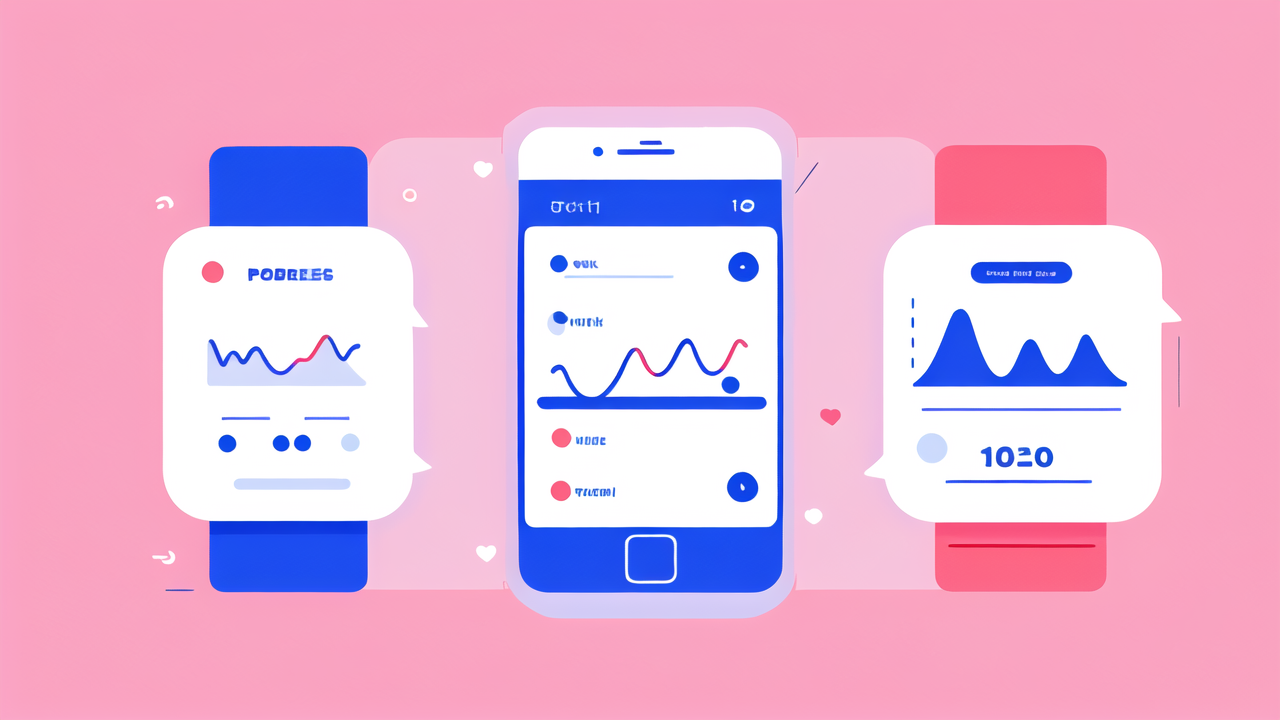Understanding the Evolution of Pulse Watches in the Health Industry
The Early Days of Pulse Watching
Pulse watches have come a long way since their inception. In the early days, they were simple devices. They could only measure heart rate. These basic models required manual input from users. They often lacked accuracy.

Early pulse watches were bulky and uncomfortable to wear. They had limited battery life. Users had to stop their activities to take readings. This made them impractical for continuous monitoring.
Despite these limitations, early pulse watches paved the way for future innovations. They showed the potential of wearable health tech. This sparked interest in developing more advanced devices.
Technological Advancements in Smart Pulse Watches
Smart pulse watches have seen rapid advancements in recent years. They now offer a wide range of features. Modern devices can track heart rate continuously. They also monitor blood oxygen levels and detect irregular rhythms.
These watches now use advanced sensors and algorithms. This improves accuracy and reliability. Many models can now track workouts automatically. They can even detect falls and send alerts in emergencies.
Battery life has greatly improved. Some watches can last for days on a single charge. They are also more comfortable to wear. This allows for 24/7 health monitoring.
The Role of AI and Machine Learning
AI and machine learning have transformed pulse watches. These technologies enable smart analysis of health data. They can identify patterns and trends over time.
AI algorithms can detect potential health issues early. They can alert users to seek medical attention when needed. Machine learning helps watches adapt to individual users. This improves accuracy and personalization.
These technologies also enable predictive health features. Watches can now forecast potential health risks. They can suggest preventive measures based on user data.
Key Features of Modern Pulse Watches
Heart Rate Monitoring and Analysis
Heart rate monitoring is a core feature of modern pulse watches. These devices can track heart rate continuously. They provide real-time data during rest and exercise.

Many watches offer detailed heart rate analysis. They can show average resting heart rate over time. They also track heart rate zones during workouts. This helps users optimize their training.
Some advanced models can detect irregular heart rhythms. They can alert users to potential issues like atrial fibrillation. This early detection can be life-saving in some cases.
Sleep Quality and Stress Measurement
Modern pulse watches now offer comprehensive sleep tracking. They can monitor sleep duration and quality. Many can detect different sleep stages, including REM sleep.
These devices can also measure stress levels. They use heart rate variability data to assess stress. Some watches offer guided breathing exercises to help manage stress.
By tracking sleep and stress, these watches provide a holistic view of health. Users can see how lifestyle factors affect their overall well-being.
Integration with Health Apps and Services
Smart pulse watches now integrate with various health apps and services. This allows for seamless data sharing and analysis. Users can sync their watch data with fitness apps. They can also share data with healthcare providers.
Many watches now work with popular health platforms. These include Apple Health, Google Fit, and Fitbit. This integration helps users get a complete picture of their health.
Some watches can even connect with smart home devices. They can adjust lighting or temperature based on sleep patterns. This creates a more holistic approach to health and wellness.
The Impact of Pulse Watches in the United States Healthcare System
Enhancing Patient Outcomes in Hospital Settings
Pulse watches are making a significant impact in hospital settings. They allow for continuous monitoring of patients. This can lead to earlier detection of health issues.

Hospitals are using these devices to track patient recovery. They can monitor vital signs without constant nurse checks. This improves patient comfort and frees up medical staff.
Some hospitals use pulse watches for remote patient monitoring. This allows patients to recover at home while still under observation. It can reduce hospital readmissions and improve outcomes.
Empowering Consumers with Personal Health Data
Pulse watches are empowering consumers to take charge of their health. They provide easy access to personal health data. Users can track their fitness progress and health trends over time.
This data helps users make informed decisions about their lifestyle. They can see how diet and exercise affect their health metrics. This can motivate positive changes in behavior.
Many people now share their watch data with doctors. This gives healthcare providers a more complete picture of patient health. It can lead to more personalized and effective treatments.
Future Trends: Predictive Health and Pulse Watches
The future of pulse watches lies in predictive health. These devices will become more proactive in health management. They may soon predict health issues before symptoms appear.
Advanced AI could analyze trends in heart rate, sleep, and activity. It could then alert users to potential health risks. This could lead to earlier interventions and better outcomes.
Pulse watches may also play a role in personalized medicine. They could help determine the best treatments based on individual health data. This could revolutionize how we approach healthcare in the future.




Leave a comment
This site is protected by hCaptcha and the hCaptcha Privacy Policy and Terms of Service apply.